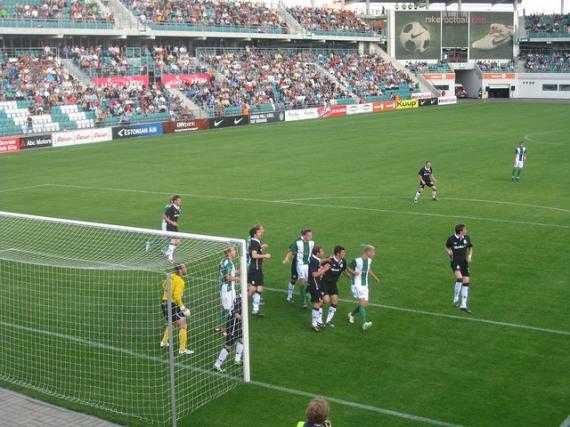Irish football possesses a complex history. Represented by the Republic of Ireland national football team and governed by the Football Association of Ireland, the sport is an incredibly popular piece of the nation’s culture.
Beginning around 1882, the country possessed just one national team, run by the Irish Football Association (IFA). Following political unrest in 1920, the nation split into Northern Ireland and the Irish Free Sate. A second league, the Football Association of the Irish Free Republic (FAIFS), and a new team followed.
The 1924 Summer Olympics was the introduction of the Irish Free State football team to the world stage. The International Federation of Football Associations’ (FIFA) official recognition of FAIFS prompted the IFA to adopt the Irish Free State designation to gain entry into the international arena as well. The resultant confusion at the creation of two undistinguishable national teams came to a head when they both entered the 1950 FIFA World Cup. FIFA, concerned that the teams had players which competed for both parties, ruled to restrict player membership by politically geographical locations. They further declared that the FAIFS would be referred to as the Republic of Ireland and the IFA would become Northern Ireland.
Irish football is the most highly played team sport in the Republic of Ireland. As spectator sports go, it is currently ranked third. Only Gaelic football and hurling receive higher rankings.
Ireland’s leagues have many teams but a few of the more popular would include the Shamrock Rovers, the Bohemians, and the St. Patrick’s Athletic, all of whom compete in the Republic. Northern Ireland’s most admired teams are the Linfield and the Glentoran, while the Derry City team participates in the League of Ireland. Teams for both the Republic of Ireland and Northern Ireland have played in three FIFA World Cup competitions and a number of lesser international contests.
As in any sport, individuals of outstanding athletic achievements rise to the forefront, becoming fan favorites which are lauded and defended when inevitable comparisons arise. In many ways subjective, and by no means exhaustive, some of the top Irish players would include George Best, known for his eleven years with Manchester United, Johnny Giles, currently a popular analyst and a pioneer of the sport, and Robbie Kean, captain of the Irish National Team.
For anyone looking to discover information on the cultural history of Ireland, the sport of football and its impact and relation to the changing political climates of the country is a wonderful and interesting place to begin.
Search for Hotels
Football in Ireland: History, teams and most popular events
Football

 'Rovers defending a corner' - Attribution: Diego\'s sideburns
'Rovers defending a corner' - Attribution: Diego\'s sideburns

